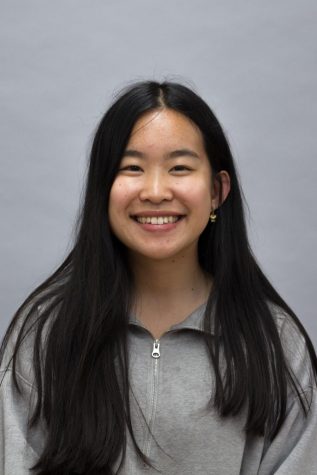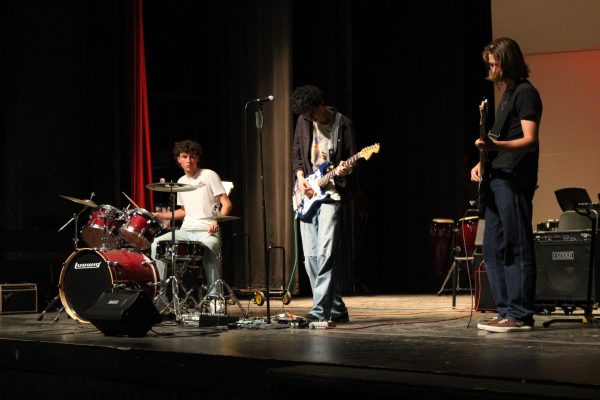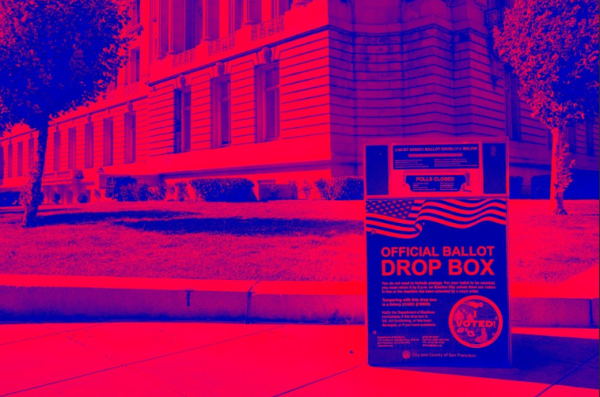The impact of Crazy Rich Asians on the Lowell community
Crazy Rich Asians is making historic waves around the world. The film is currently the highest-grossing romantic comedy, having earned a domestic total of $159 million as of Sept. 24. As the first major Hollywood production in 25 years to have an all-Asian cast and Asian Americans in leading roles, Crazy Rich Asians highlights the need for more Asian representation in Hollywood and the entertainment industry.
A recent study published by the University of Southern California’s Annenberg Inclusion Initiative and Annenberg Foundation examined the “portrayals of gender, race, ethnicity, LGBTQ, and disability” in 1,100 popular films from 2007 to 2017, and found that “of characters with an ascertainable race and ethnicity,” only 4.8 percent were Asian. Additionally, of the 100 top films of 2017, 37 had “no Asian speaking characters.”
Based on Kevin Kwan’s best-selling novel Crazy Rich Asians, the movie follows the journey of New York professor Rachel Chu as she spends her spring break in Singapore with her boyfriend Nick Young and his extremely wealthy family. Rachel, who comes from an immigrant background and single-mother household, is not aware of Nick’s wealth. The resulting conflict threatens their relationship.
Among the film’s many accomplishments, perhaps the most important is its profound impact on the audience. At Lowell, many Asian students who have seen the movie say that seeing themselves represented on the larger screen has personally impacted them.
Sophomore Isabella Su felt “really happy” after watching Crazy Rich Asians. Growing up, she didn’t see many Asian actors in films, and in the rare cases when she did, it would be a “stereotypical character” that lacked personality and wasn’t three-dimensional. Junior Jordyn Kosai echoes Su’s views on the importance of Asian representation in media. “We need to have our voices heard, because we’re the model minority,” Kosai said. Kosai said that this can discourage Asians from entering the acting industry since Asians are often held to the standard of being doctors or lawyers. “[Asians] who want to pursue acting…have to be heard,” she added.
Not only does Crazy Rich Asians symbolize a larger movement for Asian American representation, but it also showcases a variety of different Asian cultures. Although the film was based mainly in Singapore, characters spoke a number of Chinese dialects, ranging from Cantonese to Mandarin to Hokkien. Both Chinese and Singaporean cultures were highlighted throughout the film as well. One scene in particular that stood out to junior Krystle Zhong was when Rachel plays mahjong with Nick’s mother. Zhong feels that this scene is especially significant because of the deeper meaning behind Rachel giving up the winning tile, and how it “reflects what’s happening in [Rachel’s] life.”
Though it is important to celebrate the huge success of Crazy Rich Asians, students believe that it is equally as important to recognize that there is still a need for more Asian American representation. Zhong believes that just one film is not enough, because “when it comes to Hollywood, Asians and other minority races are not represented as well as other races.”
One film cannot be representative of all Asian American experiences, but Crazy Rich Asians is a huge milestone for the larger movement to push for more diversity in Hollywood, and Zhong urges everyone to go see the movie and support this cultural phenomenon.










